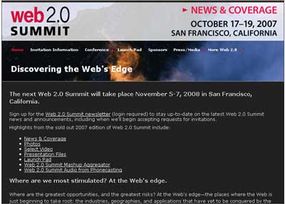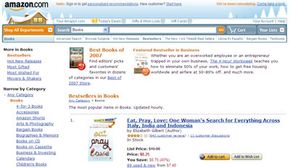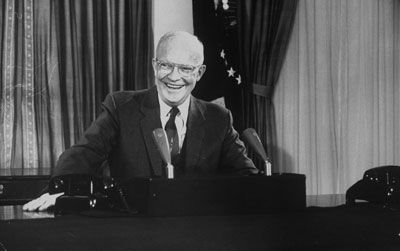With that in mind, if Web 2.0 is a collection of approaches that are the most effective on the World Wide Web, then Web 1.0 includes everything else. As for what it means to be "effective," Tim O'Reilly says that it's providing users with an engaging experience so that they'll want to return to the webpage in the future.
Here's a collection of strategies O'Reilly considers to be part of the Web 1.0 philosophy:
Web 1.0 Sites Have Static Content
Static web pages contain information that might be useful, but there's no reason for a visitor to return to the site later. An example might be a personal website that gives information about the site's owner, but never changes. A Web 2.0 version might be a blog or social media account that owners can frequently update.
Web 1.0 Sites Aren't Interactive
Visitors can only visit these sites; they can't impact or contribute to the sites. Most organizations have profile pages that visitors can look at but not impact or alter, whereas a wiki is a participative social web, allowing anyone to visit and make changes.
Web 1.0 Applications Are Proprietary
Under the Web 1.0 philosophy, companies develop software applications that users can download, but they can't see how the application works or change it. A Web 2.0 application is an open source program, which means the source code for the program is freely available. Users can see how the application works and make modifications or even build new applications based on earlier programs.
For example, Netscape Navigator was a proprietary web browser of the Web 1.0 era. Firefox follows the Web 2.0 philosophy and provides developers with all the tools they need to create new Firefox applications.
Is it always a bad idea to take a Web 1.0 approach in web design? Find out on the next page.




